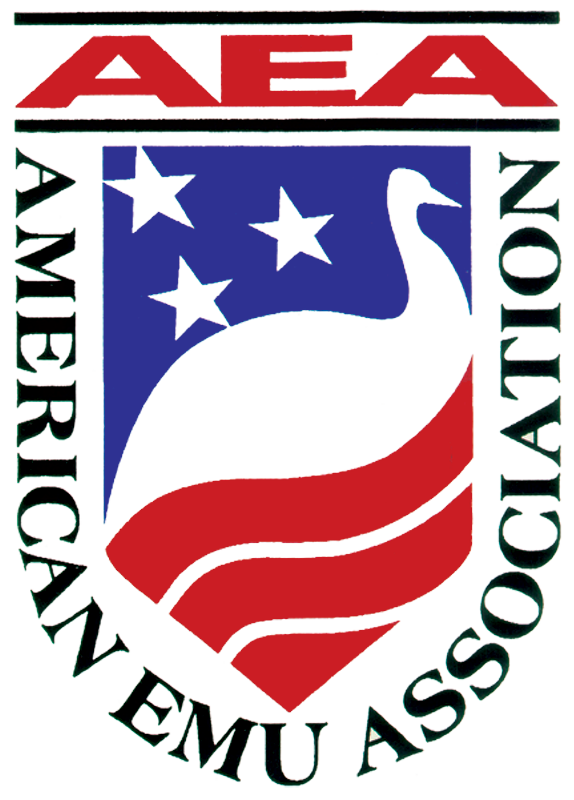Animal Welfare Act Clarification
There have been a lot of questions about how the USDA APHIS considers Emus in the new Animal Welfare Act/Bird Rules. The AEA found it very confusing so went right to the top administrators for answers
The bottom line is, “USDA APHIS says emus are an EXOTIC but, they are exempt from licensing, “if” they are used for Agricultural purposes.”
Another concern in determining if an emu owner needs a license or not, was what determines using emus for agriculture or pets.
Here is the question and answer directly from USDA APHIS administration.
Q. I guess the other confusing factor is the reference to “pet birds”. People ARE buying them for pets. This makes it easy to think of emus as being in the pet bird category which would exempt in-person sales, thus, adding to the confusion. What is correct?
A. If an emu is sold as a pet, then it is a sale requiring a license.
The term “pet bird” means “bird typically kept as pets, such as, parrots, canaries and finches”. Even though the emu may be a pet it would be considered a sale of an exotic bird .
The pet bird exemptions (that exempt the number sold in face to face sales ) only apply to those common pet bird species NOT to exotic birds.
The key is if they are being used for agriculture, or not
Remember emus are considered “exotics” – Their sale or exhibition would only be exempt from licensing if their purpose is for Agriculture or Promoting Agriculture .
The Animal Welfare Act considers ratites to be “exotics” but exempts them when raised and used solely for purposes of meat, fat, feathers, eggs or skin. They are classified as an exotic animal if they are used for any other purpose.
This video explains who needs a license. https://www.aphis.usda.gov/aphis/ourfocus/animalwelfare/new-bird-rule/awa-standards-for-birds
I hope these questions and answers clear up some of the confusion you might have had about the Animal Welfare Act/Bird Rules and how they apply to emus.
